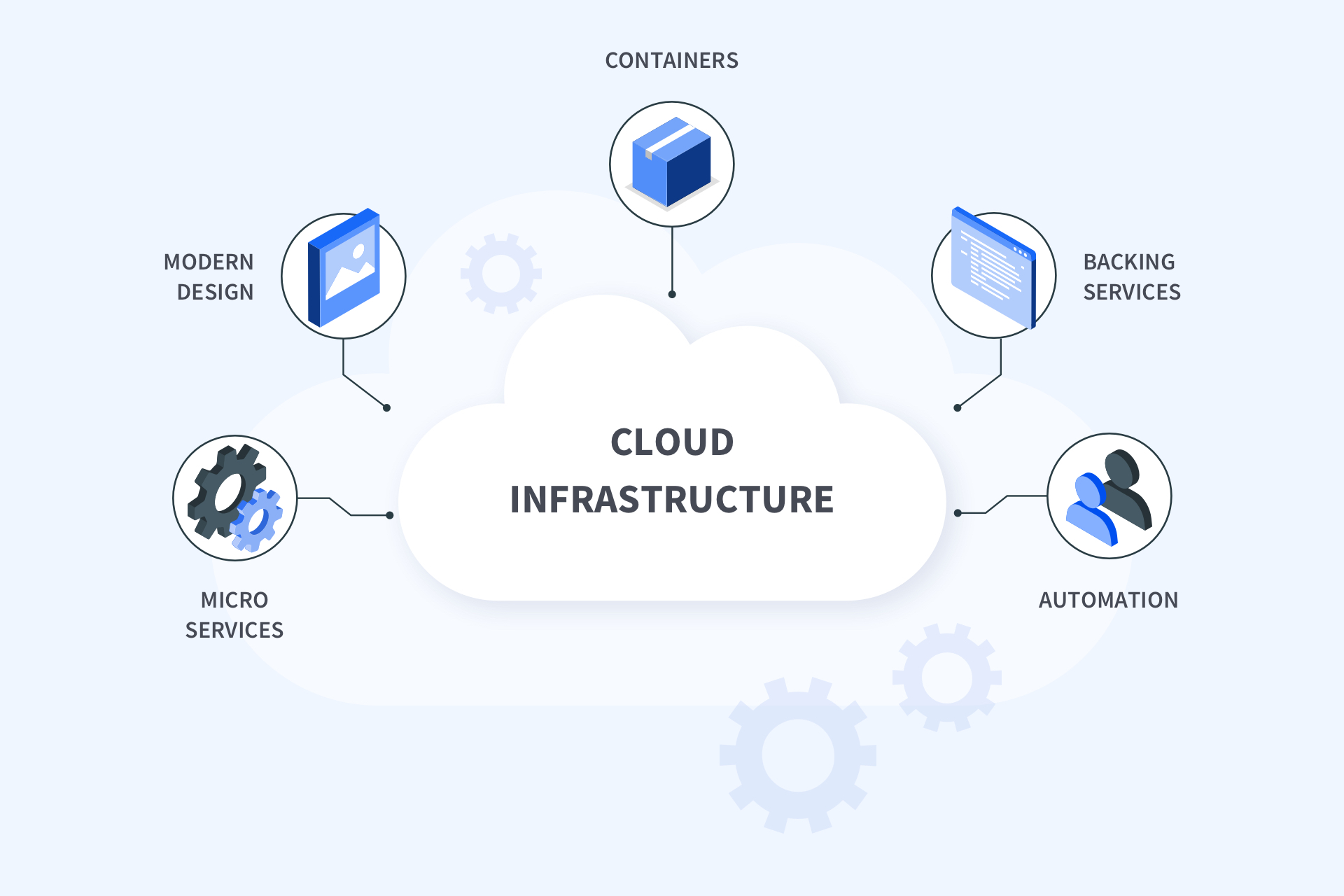A good understanding of the cloud-native architecture can help you make better decisions about your IT infrastructure. When choosing a cloud-native solution, keep these key elements in mind: Scalability, Resilience, Autoscaling, and Legacy Applications. These are all factors that can affect the reliability and performance of your business.
Autoscaling
Having an excellent knowledge on what is cloud-native architecture and auto-scaling strategy in a cloud-native architecture is vital. It will help you to optimize your costs and make the most of your application. In addition, with better autoscaling policies, your system can react quickly to changes in user demand.
Autoscaling in a cloud-native architecture allows you to automatically scale up and down your computing resources, ensuring that you have the right resources for the moment. Autoscaling can also reduce water and electricity costs. In addition, it protects your application by avoiding the need for manual responses to traffic spikes.
The process of autoscaling is divided into three stages. First, you need to configure your system. Then you need to monitor your application’s performance and set baselines. Once you have the right metrics, you can use them to configure and manage the auto scalers.
Once the right metrics have been identified, you can configure the autoscale to automatically add or remove instances according to the requirements of your application. You can also configure the autoscale to respond to environmental signals. Typical basic monitoring metrics include CPU, memory, and load.
Redundancy
Having redundancy built into your cloud architecture is essential to keep your business running and your data safe. In addition, having suitable redundancy can improve scalability and performance and help ensure your business is prepared for disaster.
The cloud has changed how we think about high-availability digital architectures. Before the cloud, you had to rely on single points of failure. Now, some solutions will help you configure your cloud infrastructure to increase your availability.
An excellent example of this is geographic redundancy. The redundancy consists of the replication of data between two physical locations. This means your cloud-based application is always available and can survive a disaster.
Another example is the multi-region deployment of your app. The most crucial part is that your applications don’t need a monolithic architecture.
These systems are platform agnostic, which makes them easy to maintain and update. They also avoid single-point-of-failure, as they have a system that automatically handles failures. As a result, they are easier to build and maintain than traditional monolithic architecture.
Resilience
Using cloud-native architecture is a great way to increase the resilience of your application. This type of architecture is built on the principle of enabling continuous software deployment and enabling independent management. This means you can create a scalable application with security in mind. The architecture consists of several components, including microservices, containers, and APIs.
Building a resilient app requires proper planning at all levels. In addition to implementing the appropriate technology, knowing your organization’s culture is essential.
The first step in achieving the resilience of a cloud-native architecture is to ensure that all application components are hardened. This includes authentication, encryption, and data replication. In addition to these technologies, the app should also have a disaster recovery plan. This will help ensure that all of the resources and services required to support an application remain functional if the central system goes down.
Another great way to improve a cloud-native architecture’s resilience is through the circuit breaker pattern. This is a well-known resilience strategy used by distributed systems to reduce the effect of failures.
Scalability
Using the cloud-native architecture, applications can be easily re-aligned to accommodate changes in the underlying infrastructure. This is achieved by taking advantage of containerization technology.
In addition to the benefits mentioned, the cloud-native architecture also helps to optimize enterprise efficiency. It reduces operation and maintenance costs. It allows organizations to adapt quickly to new technologies. It also supports modular software updates.
Cloud native architecture uses microservices to provide an environment for building applications. It can be integrated with self-healing systems, such as Kubernetes. This is a powerful feature of the architecture. It ensures that apps can instantly adjust their resources to meet changing workloads. It can be used with AWS, which provides built-in features to enhance the scalability of cloud-native applications.
It allows organizations to purchase computing according to their needs. This is useful for rapid native application development industry. It also supports horizontal scaling. Finally, it adds more machines to the overall cloud.
This is important in today’s fast-paced IT world. It allows enterprises to test new data applications without delay. It is also helpful in improving the overall customer experience.
Legacy applications
Creating a cloud-native architecture for your legacy applications can help you save time and money and improve your overall agility. However, there are many considerations before you start the process.
First, you must evaluate your current business processes and the best ways to modernize them. You may also need to redesign your architecture or add tools and frameworks to support your application.
Then, you need to ensure your data is safe. Legacy applications are more susceptible to cyber attacks than other software. To mitigate this risk, you need to use cutting-edge technology to protect your data.
Finally, it would help if you determined whether or not your legacy application can be refactored to run as containers. This is the closest thing to a cloud-native architecture. But it can also be an expensive and time-consuming effort.



